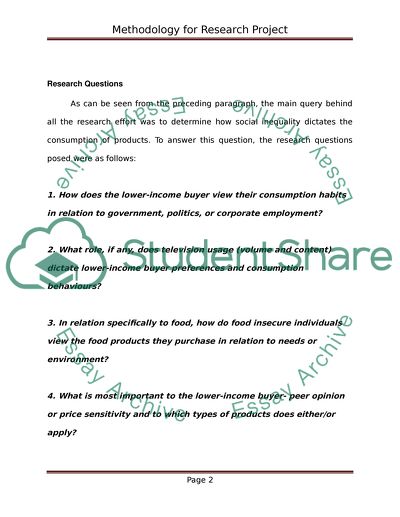Cite this document
(“Consumer choices regarding food and other items related to their Essay”, n.d.)
Retrieved from https://studentshare.org/marketing/1395606-consumer-choices-regarding-food-and-other-items-related-to-their-income-and-social-status
Retrieved from https://studentshare.org/marketing/1395606-consumer-choices-regarding-food-and-other-items-related-to-their-income-and-social-status
(Consumer Choices Regarding Food and Other Items Related to Their Essay)
https://studentshare.org/marketing/1395606-consumer-choices-regarding-food-and-other-items-related-to-their-income-and-social-status.
https://studentshare.org/marketing/1395606-consumer-choices-regarding-food-and-other-items-related-to-their-income-and-social-status.
“Consumer Choices Regarding Food and Other Items Related to Their Essay”, n.d. https://studentshare.org/marketing/1395606-consumer-choices-regarding-food-and-other-items-related-to-their-income-and-social-status.


